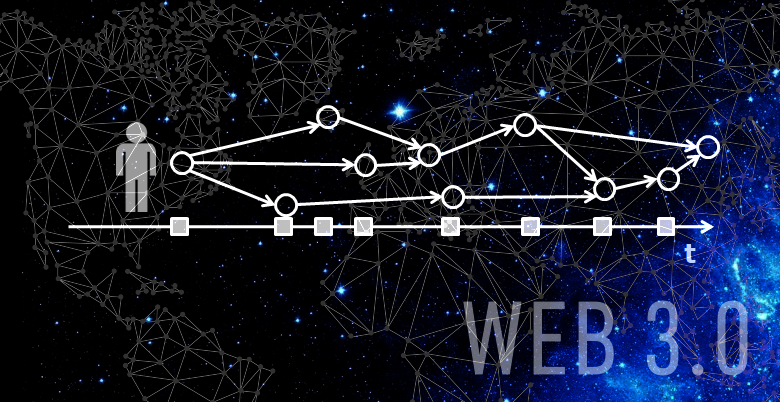
Traditionally, Knowledge Graphs, that is, information systems that support a conceptual description of subject areas (both the most general and narrowly special), are conceived and constructed as sources of verified and only true information about the world. According to this principle - as a collection of extremely correct data - the popular Wikipedia popular encyclopedia is built.
However, experience shows that in any thematic area, in any field of activity, different points of view inevitably coexist, different up to opposite descriptions, as well as many levels of presentation of information: from popular to narrowly professional. Consequently, a full-fledged Knowledge Graph should accumulate and systematize all available information, present an exhaustive set of possible domain models and offer answers to user requests that are focused on the level and specificity of his interests. A modern Knowledge Graph should be able to adapt to the user, provide him with a convenient and adequate information environment for cognition, creativity, communication, for the successful implementation of his plans in any field of activity, including science, production, and commerce.
Naturally, such an information system cannot be formed either by individual analysts, or by a scientific team, or by the coordinated efforts of many ordinary users. Creating a multi-topic and multi-level Knowledge Graph that reflects a variety of points of view is possible only if you attract the maximum number of professionals who are carriers of this knowledge. And experts can be interested in this work only by providing them with convenient and fully functional tools for data input, generation and processing. To perform its functions, a modern Knowledge Graph, first of all, should be the working environment for any activity related to the storage and structuring of information - from brand collecting to business planning and research. It is an activity approach that focuses attention not on the final result, but on the process of information processing itself, which will allow the formation of internally coordinated knowledge systems within individual subject areas. Thus, the Knowledge Graph should ultimately become not only a source of knowledge, but a functional tool for their generation.
In the modern fast-paced world, a full-fledged Knowledge Graph, in addition to fixing all aspects of thematic areas, should be dynamic, temporal, that is, it should be able to track both facts of changes in objects and the event structure of user activity. The temporal-event structure of the Knowledge Graph will allow revealing hidden trends in the development of thematic areas, and will make it possible to predict the behavior of specific users in an ever-changing environment.
To fix implicit relationships between different areas of activity, it is also essential that the modern Knowledge Graph be multi-topic, providing the user with tools for implementing his plans for creating, processing and searching for information in all areas of interest to him. An analysis of the user's behavior in one area will make it possible to more successfully predict his behavior in others, and will make it possible to more accurately adjust the system to his requirements.
The information system, focused primarily on the activities of users, creates conditions for their association not on the principle of "friendship", but on the basis of a commonality of interests, similarity of tasks to be solved within the framework of one thematic approach. The combination of efforts and knowledge should ensure the rapid achievement by each user of an accurate and effective result.
So, a modern Knowledge Graph for maximizing the interests of users should become a convenient, personally customizable tool environment for working with knowledge of any type and topic, fixing in its structure not only all aspects of knowledge areas, but also the dynamics of their change. Knowledge Graph should be based on the following basic principles:
- pluralism - fixing the maximum number of points of view, the formation of independent conceptual fields, for different approaches to solving problems,
- tiering - displaying information taking into account the degree of training and the interests of the user and functional roles,
- temporality - fixing changes in the connections of concepts and users over time,
- universality - creating a unified user environment for any thematic areas, uniting users according to the generality of tasks performed.
- instrumentalism - the use of an information system not only as a source of knowledge, but also as a working environment, a tool for solving various types of tasks, which will ensure that the Knowledge Graph is filled with data during the professional activities of experts of various profiles.